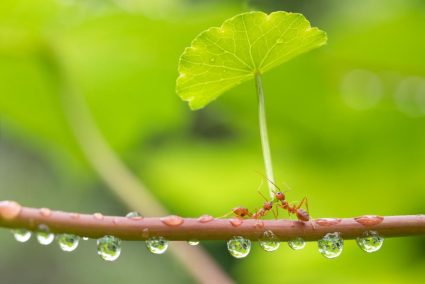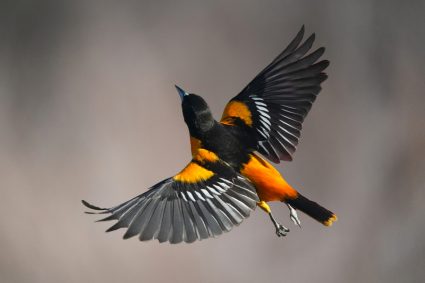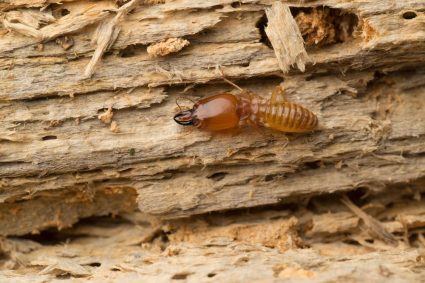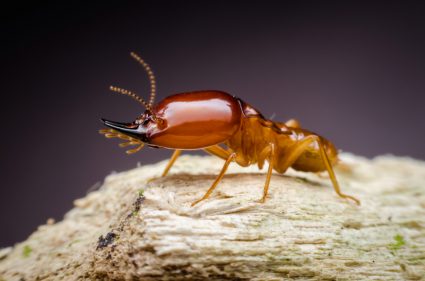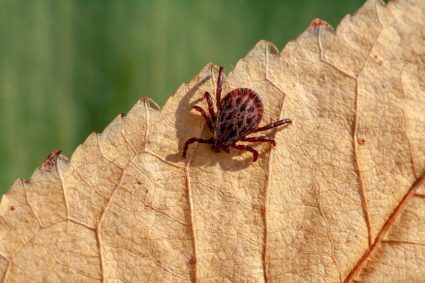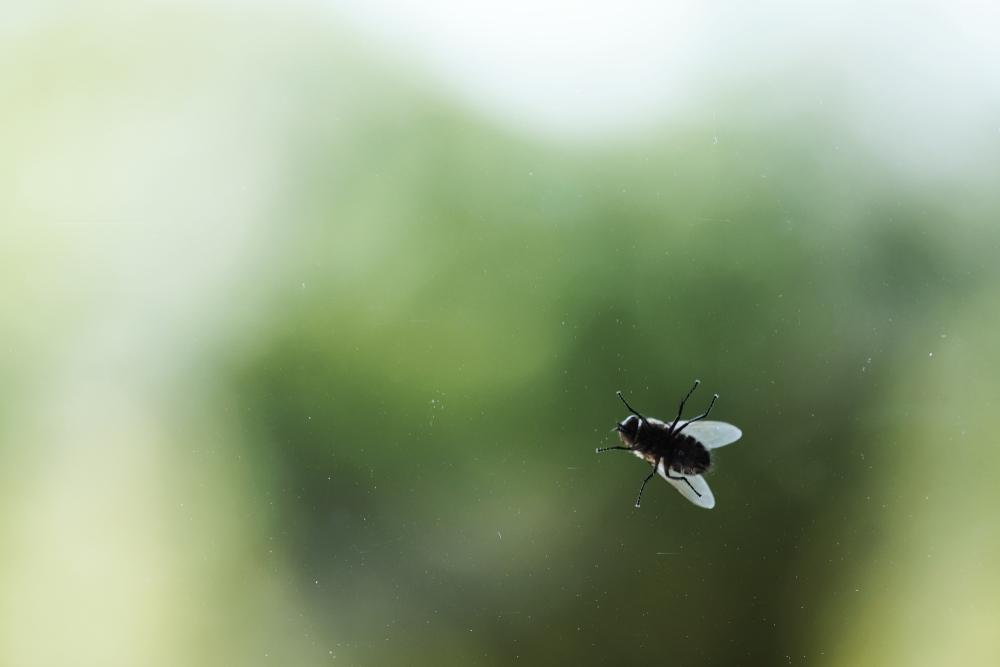
Fungus gnats, those tiny, annoying insects that hover around your houseplants, can be a significant nuisance. Many homeowners wonder whether freezing temperatures can effectively eliminate these pests. However, the answer is not as straightforward as you might think.
Freezing temperatures can kill some species of fungus gnats, but not all. Certain types of fungus gnats are exceptionally hardy and can survive in extremely cold conditions, even those as low as minus 60 degrees Fahrenheit. Therefore, freezing is not a universally effective method to kill fungus gnats. It’s recommended to use a combination of other methods such as proper watering, soil cultivation, and biological control agents for effective control.
What are Fungus Gnats?
Fungus gnats are small, dark, short-lived insects that fall under the superfamily Sciaroidea, and they’re typically 2-8 millimeters long. Some species are known to survive and even thrive in freezing conditions, which makes them a formidable pest. They primarily feed on fungi growing on the soil, aiding in the decomposition of organic matter.
These insects can be pests, particularly in houseplants, where their presence may indicate overwatering or rotting roots. They are generally harmless to healthy plants and humans but can cause extensive damage to seedlings.
The Lifecycle of Fungus Gnats
The lifecycle of a fungus gnat consists of four stages: egg, larva, pupa, and adult. The entire lifecycle takes about 17 days at 75ºF, but the duration can vary depending on temperature. It is essential to target their immature stages to control fungus gnats effectively.
Factors Contributing to the Growth of Fungus Gnats
Fungus gnats proliferate due to several factors, including excess moisture, organic matter, indoor plants, seasonal changes, and improper soil conditions. They thrive in moist conditions and are commonly found in houseplants, greenhouses, nurseries, and interior plantscapes.
The Impact of Freezing Conditions on Fungus Gnats
Freezing conditions do play a significant role in the survival of fungus gnats. Some fungus gnats are exceptionally hardy and can tolerate cold conditions through their possession of antifreeze proteins. For example, fungus gnats living in Alaska can survive temperatures lower than -25 degrees Fahrenheit by freezing their bodies.
The Efficacy of Freezing as a Method to Kill Fungus Gnats
While freezing temperatures can kill some fungus gnats, not all are affected. The fungus gnat Exechia nugatoria can be revived when frozen to minus 25 degrees Fahrenheit, and some members of the species may even survive temperatures approaching minus 60 degrees. This indicates that freezing is not a very effective method for killing fungus gnats.
Practical Implications for Controlling Fungus Gnats
Controlling fungus gnat populations in a home or garden setting involves a combination of physical, cultural, and biological management tactics. These include avoiding overwatering and providing good drainage, maintaining cleanliness, using sticky traps, introducing biological control agents, and monitoring and adjusting watering practices.
Downsides or Risks to Using Freezing as a Method to Manage Fungus Gnats
Freezing is not an effective method to manage fungus gnat populations, as these pests can survive in extremely cold temperatures. Instead of freezing, it is recommended to use other methods to control fungus gnats, such as allowing the soil to dry between watering, cultivating the top layer of soil, using yellow sticky card traps, introducing biological control agents, and employing good sanitation and cultural control methods.
In conclusion, while freezing might seem like an easy solution to a fungus gnat problem, it’s not necessarily the most effective method. It’s best to use a combination of methods to control these pests and keep your plants healthy.
Frequently Asked Questions
What are some biological control agents for fungus gnats?
Some of the biological control agents used against fungus gnats include beneficial nematodes, predatory mites, and bacterial insecticides like Bacillus thuringiensis subspecies israelensis (Bti).
What are antifreeze proteins and how do they help fungus gnats survive in freezing temperatures?
Antifreeze proteins are a type of protein produced by certain animals, plants, fungi, and bacteria that allows them to survive in subzero environments. These proteins bind to ice crystals and prevent them from growing, effectively ‘lowering’ the freezing point of the organism’s bodily fluids. In the case of fungus gnats, these proteins enable them to survive in extremely cold temperatures.
How do yellow sticky card traps work in controlling fungus gnats?
Yellow sticky card traps are effective for controlling adult fungus gnats. The bright yellow color attracts the gnats, and the sticky surface traps and kills them. This method is especially useful in monitoring the presence and population size of fungus gnats in your home or garden.
How does overwatering contribute to the growth of fungus gnats?
Overwatering creates moist conditions, which are ideal for fungus gnat larvae as they feed on fungi and other organic matter in the soil. Overwatered plants also tend to have weaker root systems, which can be more susceptible to damage from fungus gnat larvae.
What does it mean to cultivate the top layer of soil as a method to control fungus gnats?
Cultivating the top layer of soil involves turning or stirring it to expose the fungus gnat larvae. This can disrupt their lifecycle as it exposes the larvae to air, predators, and less favorable conditions, which can help reduce their population.

